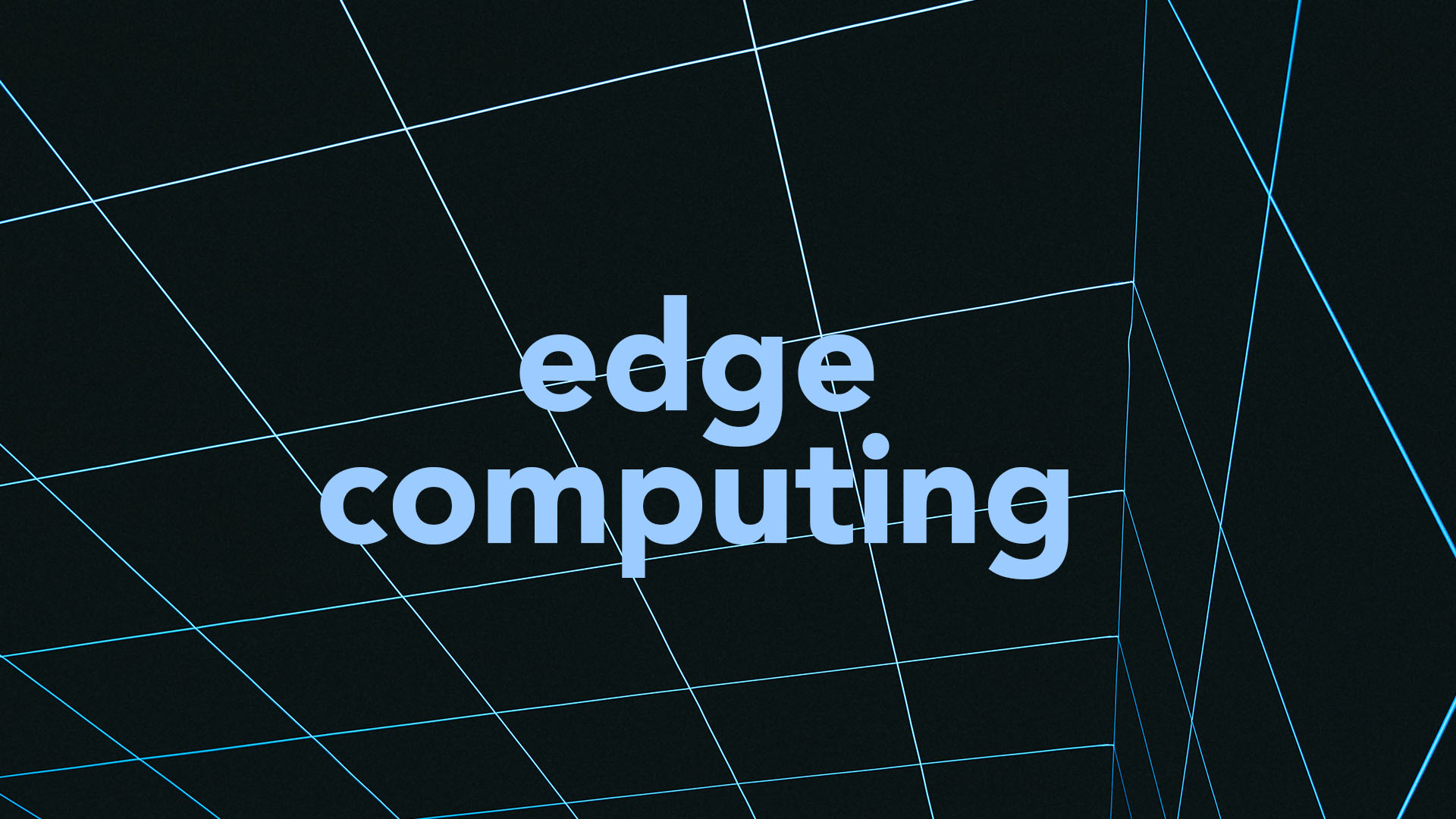Published by
Edge computing is a hot topic in the tech world. This fast-evolving technology allows users to save bandwidth and enjoy faster response times by bringing computation and data storage closer to where they’re being used. While companies may see the value of these benefits, many don’t realize the full potential of edge computing and how much it can change business and industry for the better.
For further insights on edge computing and how it might soon revolutionize business, we polled a panel of Forbes Technology Council members. Here’s what they believe edge computing can do for the business world.
1. Services That Are Closer To the User
By moving commoditized and non-sensitive computing towards the user, you can deliver a quicker response and a more distributed processing mechanism. This concept is over 20 years old. Akamai launched Dynamic Site Accelerator to complement the edge caching for which it became famous. Now, as cloud computing is more accepted, you’re seeing more services move closer to the computer user. – Frank Speiser, Talla
2. Improved Machine Learning Processes
Edge computing has big implications for machine learning. While training a machine learning model can be very data-intensive and may require the scale of public cloud infrastructure, inference and prediction can be pushed to edge devices. This means that inference and prediction can be accomplished at the edge, close to where new data is collected. – Sean Maday, Google
3. Better Healthcare Outcomes Through Wearable Data Collection
Edge computing came about to support Internet of Things devices. One of the benefits is that edge networks allow us to collect data through wearable devices—data that was simply unavailable before. This data is critical in understanding treatment modalities, supporting remote diagnostics, monitoring patients and driving better health outcomes. – Hanno Ekdahl, Idenhaus Consulting, LLC
4. Protection Of Sensitive Health Data
In healthcare, edge computing could be a great solution for keeping patients’ data secure while still incorporating external data sources and the technologies and commercial models associated with cloud computing. Such approaches enable organizations to make better use of patients’ real-time data and therefore make better decisions to improve patient health. – Harro M. Wiersma, Regarding Data GmbH
5. Innovation In Edge AI
Edge AI is where edge computing and artificial intelligence come together to provide intelligence to the edge. This is the next gold mine. There is a lot of innovation happening at the edge in terms of low power technology—for example, the way DNN training is done with reinforcement agents. It is this innovation that will bring a revolution to such industries as precision medicine, Industry 4.0 and Intelligent IoT. – Shailesh Manjrekar, WekaIO
6. Transformation Of The Experience Economy
Edge computing will play a key role for companies looking to get ahead in the experience economy. Core benefits like low latency, scalability and security create superior digital experiences. Adoption has been hindered without a standard set of tools to build and deploy edge-enabled apps, but once these emerge, edge computing will transform business and digital services across all verticals. – Kris Beevers, NS1
7. Enablement Of Better Business Decisions
We live in a world where data is generated everywhere—not just inside the enterprises! But decisions continue to be made in the core of the business systems. Edge computing enables us to move those decisions to the edge, empowering devices, users and employees to make the best decisions with all available data. At Molecula, we are focused on secure data portability to enable that. – Ganesh Padmanabhan, Molecula Corp.
8. Better Response, Security And Privacy
Moving storage and/or processing services geographically closer to the user has the benefit of reducing response time and improving both security and privacy. Local services can be made more secure by limiting access to just the local customer base, reducing how far and wide data has to travel. Finally, there may be political benefits from user data staying within geographic boundaries. – Chris Kirby, Retired
9. Reduced Latency In VR/AR Gaming
Games are becoming more immersive and interactive. Add virtual and augmented realities on top of that and you’ve got movement of massive data, which users want in near-real time. Edge computing is a perfect solution since it reduces latency and transfers data at significantly faster speeds. Latency has been one of the key issues when it comes to VR/AR. By keeping data at the “edge” of the network, companies can reduce latency. – Vikram Joshi, pulsd
10. Enhanced Customer Experiences
We migrated our security solutions to Google Cloud, and our customers immediately noticed an improvement in service delivery. We leveraged Google’s vast data center network to place our product in eight data centers around the globe. Putting our service geographically close to our customers is giving them better user productivity due to our service’s ultra-fast response times. – Tim Maliyil, AlertBoot
11. Hybrid Approaches To Client-Side App Development
Edge computing, enabled with 5G, provides a new frontier at the intersection of server-side and client-side development. No longer are we forced to choose between computationally intensive applications or fast, low-latency applications. We can take a hybrid approach that brings the power of server applications right to the customer with speeds traditionally associated with client-side applications. – Luke Wallace, Bottle Rocket
12. Facilitation Of Digital Transactions And Communications
Edge plays an increasingly important role in IoT, enabling companies to leverage data generated by IoT devices to make operations more efficient, improve the customer experience and generate new revenue streams. As IoT facilitates digital transactions, edge services facilitate communications and act as a potential autonomous digital source that could have a greater contribution to technological growth. – Ram Chakravarti, BMC Software
13. More Reliable Data-Storage Solutions
One of the most important and revolutionizing things about edge computing is the reliability of the data-storage solution. Storing and processing data as close to the application as possible is going to ensure there are next to no data breaches because it is going to be much easier to control the safety of the data as well as all the processes connected to it. – Daria Leshchenko, SupportYourApp Inc.
14. Improved Content Delivery
I see edge computing as an enabler for content delivery. The increasing growth of streaming video services (e.g., Netflix, Disney, Amazon Prime, etc.) means more reliable service. Specifically, edge computing can be used to improve the flexibility of content delivery. – Nelson Cicchitto, Avatier Corporation
15. Smarter Allocation Of Resources
Edge computing allows you to tap into the true potential of processors. By distributing computing responsibilities amongst numerous hardware clients, businesses can unlock an array of benefits that lead to smarter, leaner, more efficient operations. These advantages can also trickle down to consumers in the form of better user experiences. – Marc Fischer, Dogtown Media LLC
16. Decreased Cyber Attack Surfaces
I see edge computing as having some fundamental cybersecurity advantages that are often overlooked. Connected cloud environments have tons of endpoint vulnerabilities, creating what we call a large “attack surface.” Data at the edge introduces more localized servers, giving businesses and cybersecurity teams more oversight. – John Shin, RSI Security




